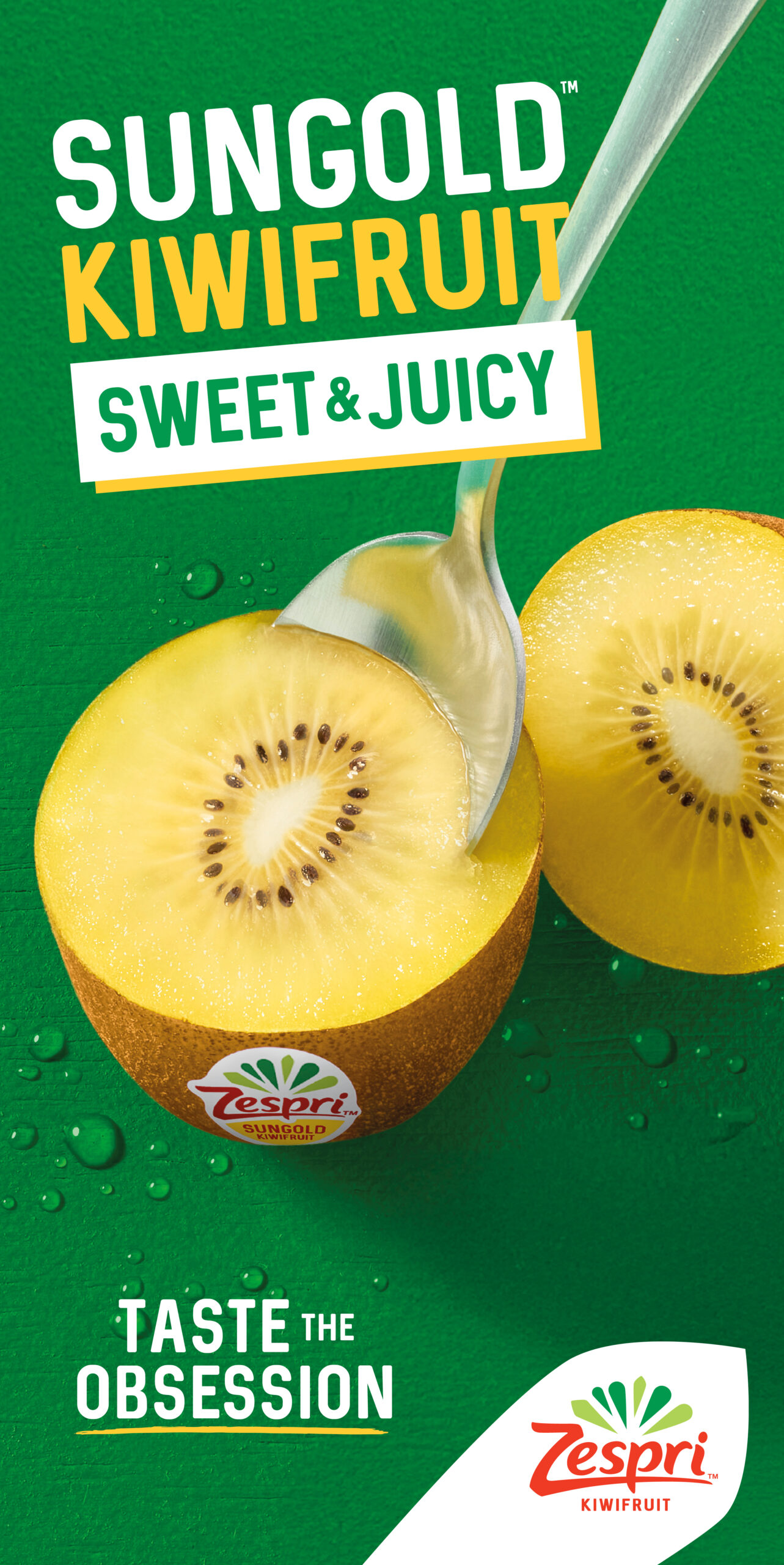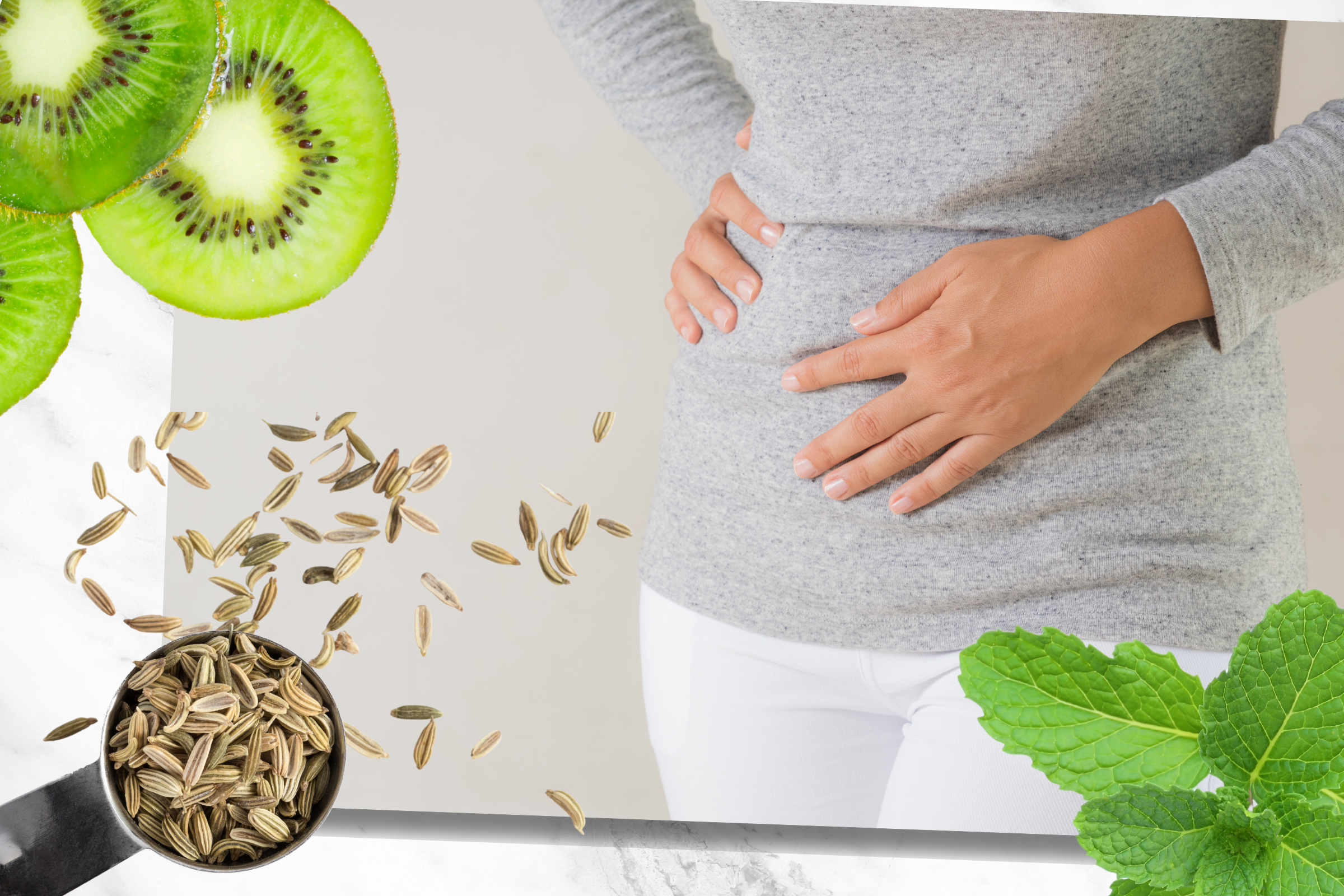The keto diet: what is it and how does it work?


For carnivores and dairy queens alike, a diet that champions high fats and a bit of protein can seem too good to be true when it comes to weight loss, but that’s exactly what the keto diet claims to do.
The high-fat, low-carb regime aims to cut down obesity, one of the leading preventable causes of death in the UK. Rather than demonising fats, as dieticians often have, the keto diet uses it as a cornerstone of its menu.
The diet doesn’t only claim to help you lose weight either. Scientists, such as Professor Aseem Mahhotra, one of Britain’s leading cardiologists, have said that by eating far fewer carbs and more fatty foods to replace them, you can lower your blood sugars and cholesterol too.
By changing the way our bodies produce glucose, and in turn reducing our insulin production, it reduces the damage carbs have done to our blood sugar – the American Diabetes Association even endorsed the keto diet recently as the most effective option for blood sugar management.
How does the keto diet work?
The insulin in our bodies carries glucose to our cells, where it’s used for energy, so the more glucose we eat, the more insulin must be produced to transport it.
Sugars and carbohydrates easily convert to glucose, so when we eat them, they cause a spike in insulin production and blood sugar. Surprisingly, it doesn’t matter whether you eat chocolate cake or supposedly ‘good’ carbs like beans, they’re all broken down into the same components.
Protein takes a bit more for the body to break down, so it causes a smaller rise in insulin than carbohydrates. Dietary fat causes no direct rise in insulin and doesn’t need it to help process the food. This can help with people with diabetes, as their bodies are either insulin resistant (type two) or struggle to produce it at all (type one).
In terms of losing weight, the keto diet works by changing the body’s primary source of fuel from glucose to ketone. Ketones are chemicals produced when you don’t have enough sugar in your body to power your cells. The liver converts fat into ketones and sends these through your bloodstream as a sugar replacement. Eating high amounts of fat and limiting your carbohydrate and sugar intake means your body enters a state of ketosis, where it uses ketones (fat), rather than sugar, as its primary fuel source.
What this means for your fat stores is that they become something that your body can directly covert into energy. Every time the body uses fat to be burned as energy, our fat cells become smaller and lighter. It also takes much more energy for the body to convert fat into energy, so you’ll be burning more of the calories you consume.
What about keto flu?
Initially, you may encounter flu-like symptoms as your body enters ketosis. This is commonly reported at the beginning of a keto diet, so try not to be alarmed or take it as a sign that you should throw in the towel!
While these symptoms will soon pass, drinking enough water, avoiding strenuous exercise and getting plenty of sleep can help to reduce the symptoms. Ensuring you are getting enough electrolytes will also help keep these initial symptoms at bay. Eat potassium rich green leafy vegetables and avocado and be sure to replace the sodium lost as your insulin levels decrease. Many recommend drinking organic chicken bouillon or bone broth.
What can I eat on a keto diet?

So far so good – more cheese and fat to lose weight and improve your cholesterol! But the keto diet does mean you have to cut out more than a few things from your plate. While green and white vegetables such as kale, courgettes and cauliflower are encouraged, higher-sugar veg have to be go, as does most fruit, except berries (naturally lower in sugars).
Potatoes (even sweet ones), grains, corn and pulses all have far too high a carb count to be included and, perhaps most testing, sugar-rich alcohol has to be (mostly) left behind.
Keto staples on the other hand include meat, cheese and eggs (especially their yolks), nuts, fish and even double cream – try to avoid milk, though, because of its lactose sugar content.
The most important thing is to avoid carbohydrates, as they stop your body from using ketone energy. It can be a restrictive diet so be sure to check with your doctor first. If you’re able to commit, you may see some remarkable results in your blood and waistline within the first couple of weeks.
Golden rules of a high-fat, low-carb diet

If the widely reported benefits of going ‘keto’ has you hankering to try it, there are a few things you should know first and it’s a good idea to consult a doctor before you start. Once you’re on board, here are some golden rules to getting the most out of your diet.
- DO commit. Keto is strict and relies on you sticking to it. Keto works by encouraging your body to rely on fats rather than sugars. You mustn’t give your body any more than 30g of carbohydrates each day. Eat more than this and your body will use that for its energy.
- DO listen to your intuition and try not to eat unless you’re hungry. Fatty foods are naturally more calorific, but they keep you fuller for longer. You may have to recalibrate how much you eat and when. Listen to your inner voice – it’s often right!
- DO fast. Try to avoid snacks and eat at meal times only. Fasting kickstarts and maintains a high level of ketones throughout the day.
- DO exercise. This goes for all diets, but the ketones produced by your body when you’re avoiding carbohydrates will keep you active. Exercise is a great way to use all your extra energy!
- DON’T fear the fat. This diet relies on consuming lots of fats so they can be burnt faster. It may seem to go against everything you’ve been told but you can’t shy away from the double cream in your coffee! It will help you feel satisfied for longer.
- DON’T eat any carbs or sugars. As mentioned above, this the foundation of a high-fat, low-carb diet. Even seemingly healthy carbs like beans and pulses are off the menu. Similarly, any sugar-based sweeteners like honey, agave and even dates are a keto no-go. There are other no-carb sweeteners around though, such as stevia, xylitol and sucralose.
Keto meal ideas
High-fat, low-carb, can feel restrictive at first, but there’s plenty of delicious food to tuck into. We’ve put together some meal ideas, but make sure you keep your options varied.
Breakfast
Eggs are your breakfast friends if, like us, you’re not feeling up to steak for breakfast… Have them any way you want, even better if you can get hold of double yolk eggs. Add some avocado and bacon for extra fats first thing in the morning. Other options include nuts (such as the higher fat macadamia and walnuts) or smoked salmon and cream cheese.
Lunch
Salads are perfect for light lunches; especially given you probably won’t be so hungry. Spinach, cabbage and cucumber are great for this diet, but all green vegetables will give you a boost. Adding pine nuts can be great for added fats and cheeses can also bring flavour in the middle of the day – try them lightly toasted.
Dinner
Meat and fish make for great keto suppers; beef, lamb, chicken, turkey and pork can be served with vegetables and optional cheese sauces. Alternatively, oily fish such as mackerel, salmon or herrings can be served with green veg for a modest, low-carb dinner that digests in time for bed.
Snacks
If you do find that you’re hungry between meals (which is unlikely), then nuts and high-fat cheeses can help to keep you ticking over; even a boiled egg can be a great way to keep you running on protein and is a good portable option.
Drinks
Drink as much water as usual, but if you’re a tea or coffee drinker, make sure you replace your usual milk with double or coconut cream to lose the sugar and up the fat. Unfortunately, most alcohol is off the table with a keto diet, especially wine, but if it’s a special occasion, opt for a gin or vodka with soda and a splash of lime.
Always remember that this low-carbohydrate diet can be the key to weight loss and better blood health, but it’s not for everyone. If you’re worried about underlying health problems or you just want to make sure it’s the best diet for you, do discuss it with your GP before you start.
Read more like this




